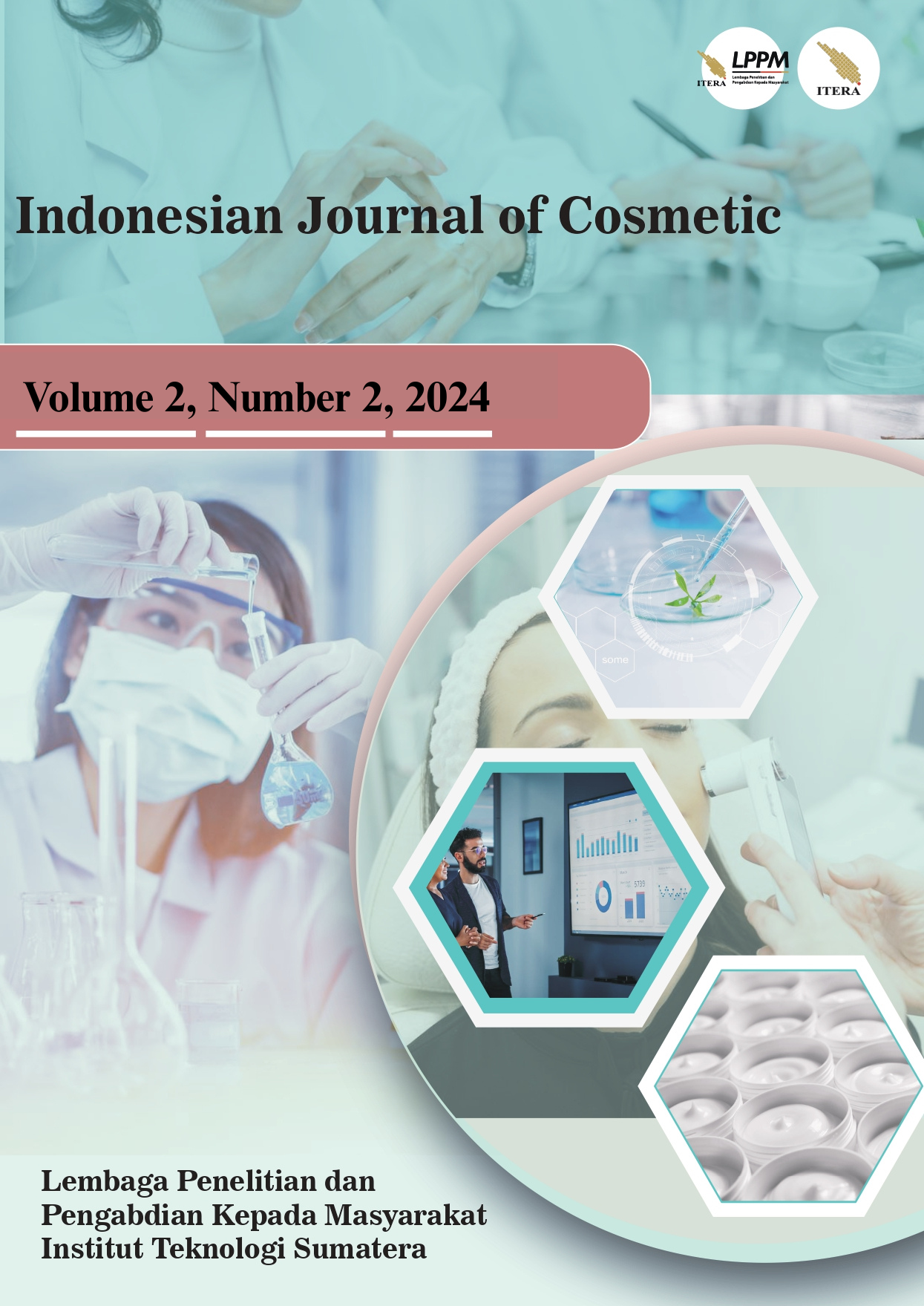THE EFFECT OF DIFFERENCES IN CHARACTERISTICS OF BIDARA LEAF EXTRACT (ZIZIPHUS MAURITIANA L.) OBTAINED FROM MACERATION, ULTRASONIC, AND SOXHLET METHODS
Abstract
Bidara leaves are known to contain alkaloids, flavonoids, steroids, tannins, and saponins. This study aims to analyze how the three extraction methods used can affect the characteristics of bidara leaf extract. The extraction methods used in this study were the maceration method, the ultrasonic method, and the soxhlet method. The calculation of the yield value was carried out and the difference was seen with the largest number in the ultrasonic method 10.37% w/w, the soxhlet method 3.49% w/w, and the maceration method 3.68% w/w, then the stock solution calculation was carried out and the results were obtained ultrasonic method 0.1%, soxhlet method 0.0044%, and maceration method 0.012%. The evaluation used was phytochemical screening. The results of phytochemical screening showed that the leaf extract contained secondary metabolites, namely alkaloids, flavonoids, steroids, tannins, and saponins. It can be concluded that the three extraction methods in bidara leaves did not show differences in the presence of secondary metabolites, but affected their yield values.




